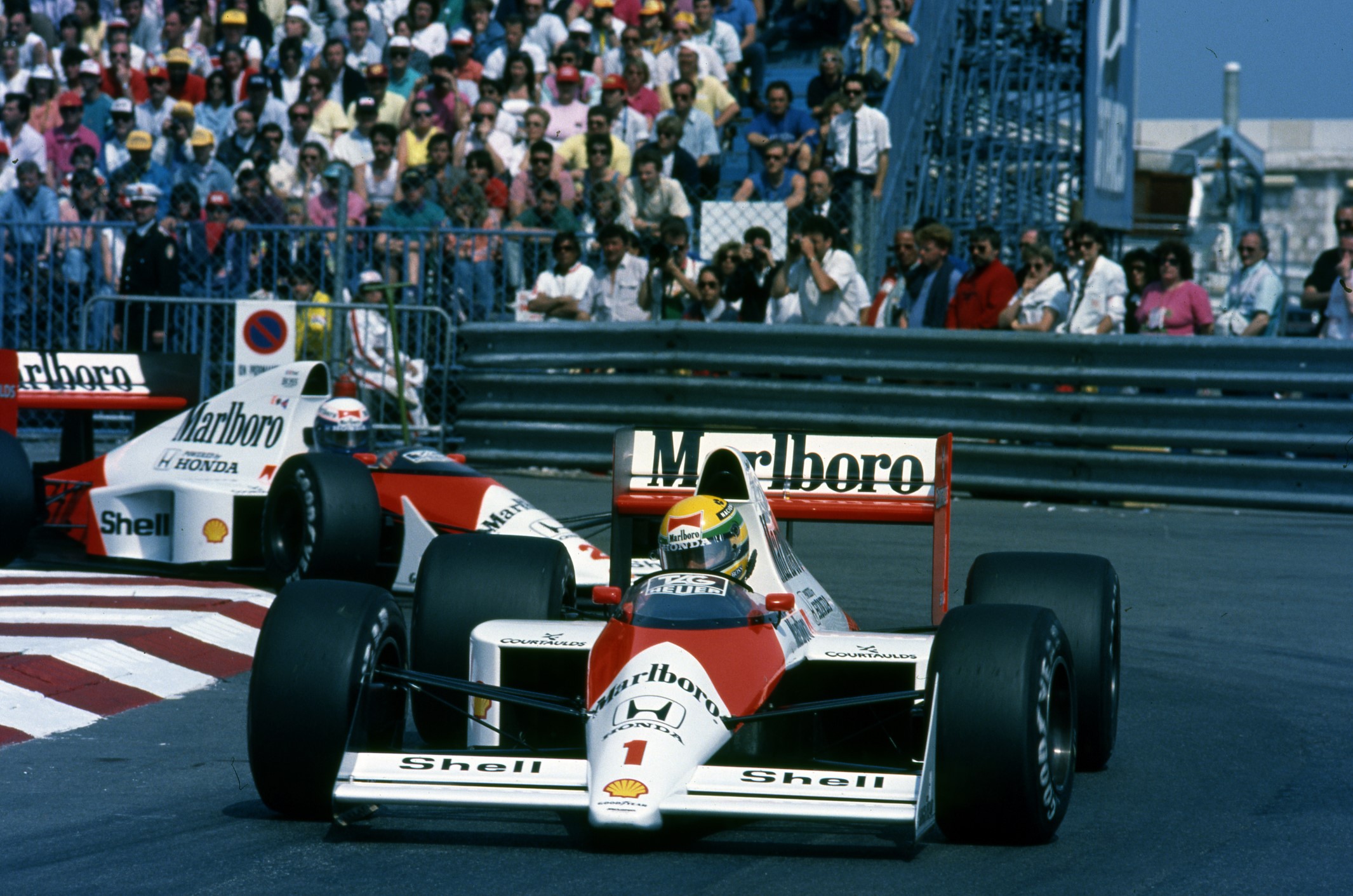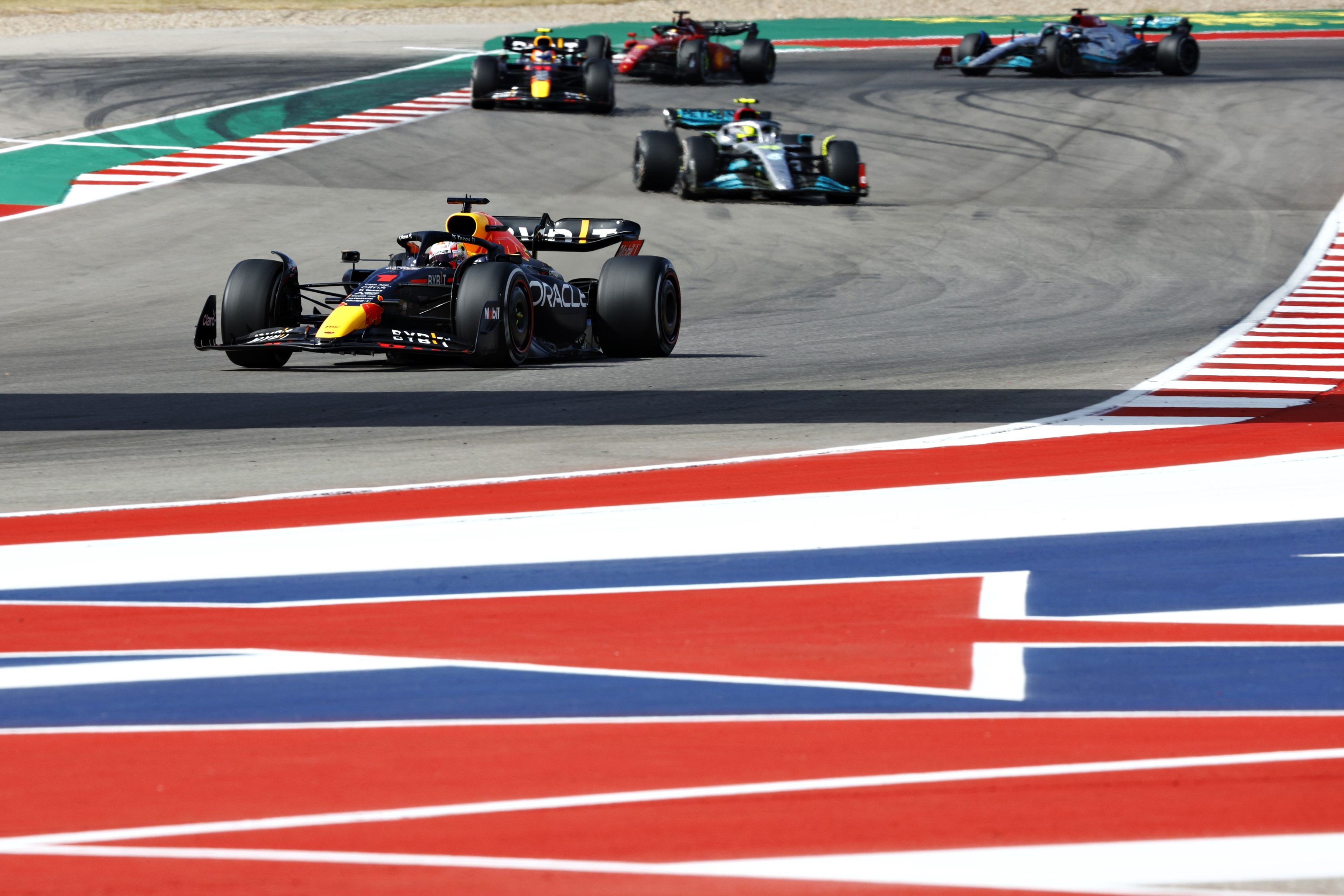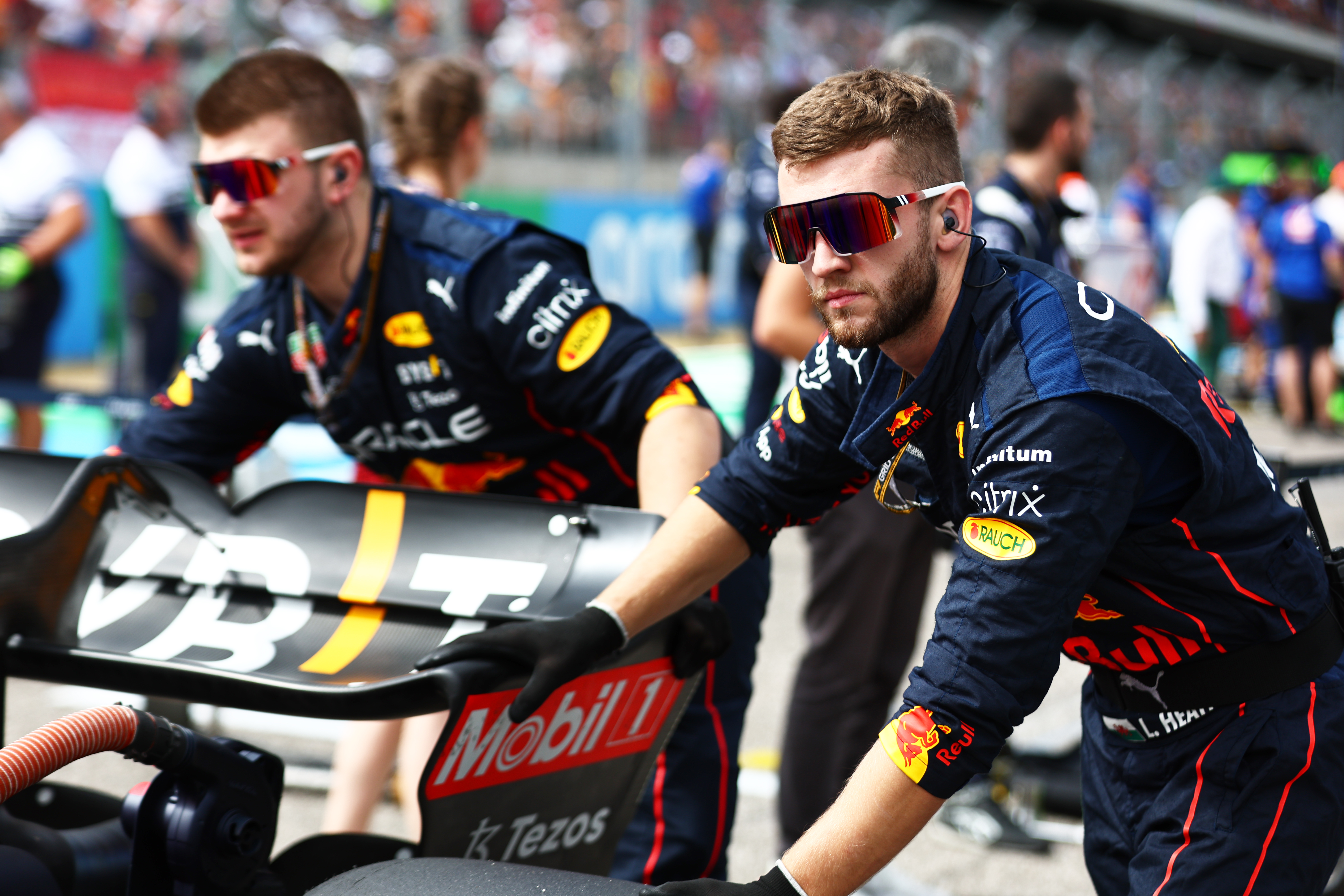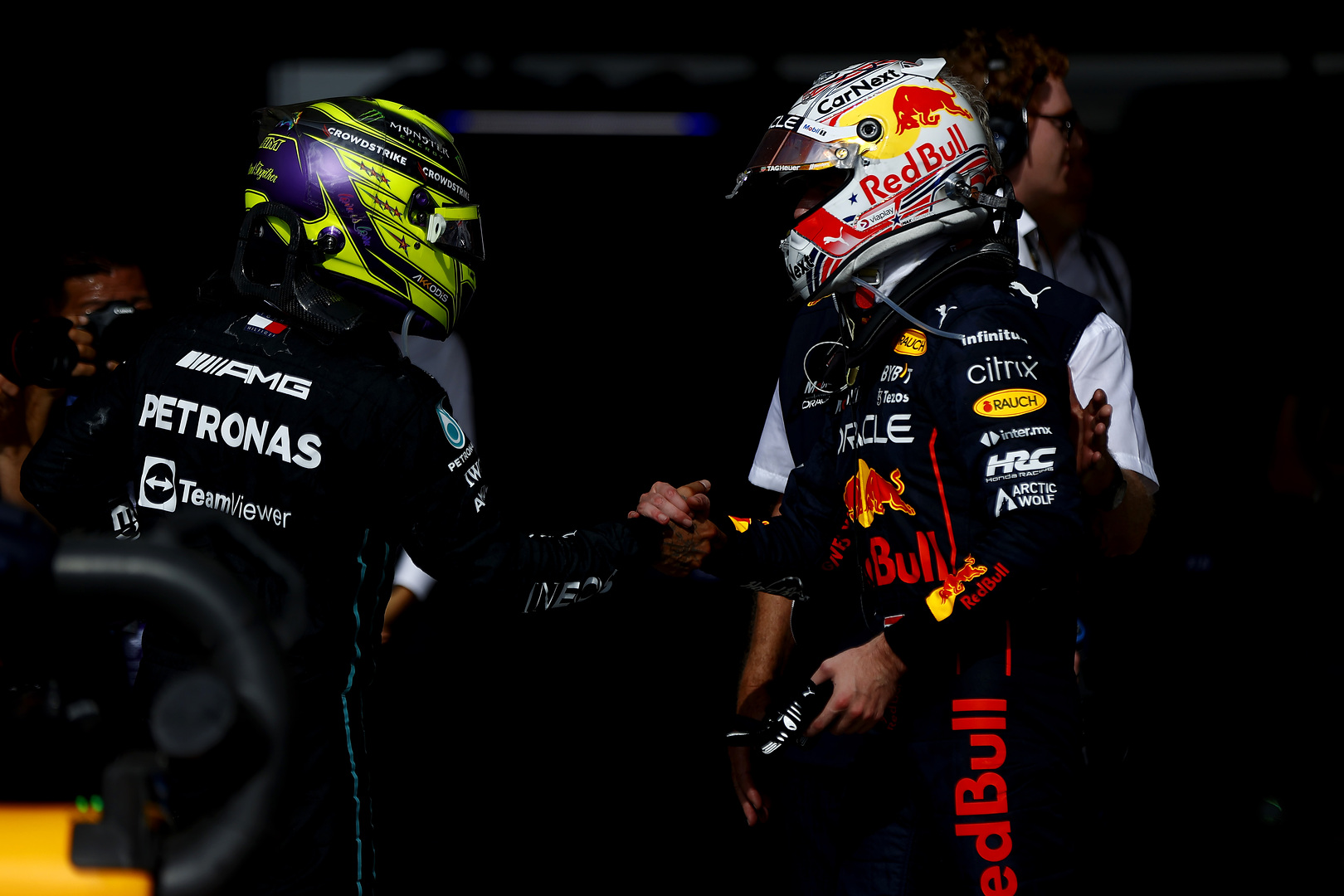Up Next

Red Bull winning the constructors’ championship may have been a foregone conclusion even before it sealed the crown in last weekend’s United States Grand Prix, but the achievement is hugely significant. By taking its first teams’ title since 2013, Red Bull indisputably confirmed this as its second coming as a frontrunning force in F1.
The ‘second coming’ isn’t a commonly used statistical measure, but it’s one I’ve long used to separate the greatest F1 teams from the merely successful. Surprisingly few teams have emerged as an F1-conquering force more than once and Red Bull is now indisputably one of those.

The measurement for such a second coming isn’t precise, but it’s about identifying discrete periods of being at the top of F1. And ‘at the top’ in this case prioritises title-winning over and above race-winning.
Red Bull is the ninth team that fulfils my criteria. It dominated F1 from 2010-2013 with four consecutive double titles during Sebastian Vettel’s pomp and in 2022 has returned to that level. You could argue Red Bull had already ticked this box last year with Max Verstappen’s drivers’ championship victory, but while the constructors’ championship is generally regarded as the poor relation in the perception of the wider public it is hugely significant.
The other eight teams in this elite group are Ferrari, McLaren, Team Lotus, Williams, Brabham, ‘Team Enstone’ (which includes title successes as Renault and Benetton), Tyrrell and Mercedes.

The different phases of success for most of these teams are obvious. Mercedes and Tyrrell are the outliers (and not because they are actually the same company) given their successes have been relatively condensed. But they qualify because there were clear lines of demarcation – Mercedes, for example, dominating the first spell of the hybrid era and then doing so again when the high-downforce cars were introduced in 2017. Similarly, Tyrrell had success both as the works Matra team and then in its own right as a constructor.
There are no such complications for Red Bull, which has unquestionably been the dominant force in 2022. That followed its success in ’21 under different regulations when it went toe-to-toe with Mercedes in arguably the most dramatic and fractious title fight there has ever been, and its triumphs in the 2.4-litre V8 era.
The statistics the team has racked up are astonishing. Six drivers’ and five constructors’ championships (a combined total of 11) and 90 victories, ranked behind only Ferrari, McLaren, Mercedes and Williams, mark it out as a powerhouse. It may seem like sacrilege to say so, but Red Bull is right up there with the greatest team names in grand prix history.
We all look back on the glory days when two or more of Williams, McLaren, Ferrari and Team Lotus fought it out for championships, but that’s something we are seeing today. Three of the top six most successful teams – Ferrari, Mercedes and Red Bull – are doing battle at the front of F1 right now and it’s all too easy to overlook the fact that these will be fights that go down in legend.

In the current climate, it’s all too easy to get caught up in the cost cap controversy and the extreme partisanship expressed on social media. The spending in 2021, assuming Red Bull doesn’t prove itself to be innocent despite the FIA finding it to be in breach of the cost cap, will fade into the mists of time despite the complaints about asterisks against titles.
That’s not to dismiss or excuse the overspend if and when it is finally proven, simply to recognise that these controversies tend to dominate the short-term narrative but less so the long-term ones. Go back through F1 history and you can find plenty of these so-called asterisks, albeit ones that don’t seem quite so important with the distance of time than they did when they were at the focal point of the maelstrom of the day.
Red Bull is a remarkable team. Does it push the boundaries? Yes, of course it does. No team that has had significant success in F1 hasn’t done that in some way, shape or form. But it’s also a team that weathered the storm of the early years of the hybrid era and not only found success with Honda power, but also took the extraordinary step of setting itself up as an engine builder. This marks it out as something special.

And that’s all because it’s a team that’s full to the brim of high-quality people. Yes, the late Dietrich Mateschitz’s contribution has rightly been celebrated, but there are many more whose names you will likely never know who have played as significant a role.
From the drivers to the designers to the engineers to the mechanics to the countless other departments required of a modern grand prix team that nobody ever gives much thought to, this is an operation that sets the highest standards. In order to dominate in F1, it takes so much to go right and that’s why every single one of the people who has worked so hard for this outfit can rightfully say they have had a hand in the achievements of one of F1’s all-time great teams.
Of course, you can say similar things about Mercedes. Yes, the team has had a bad year, but the fact that finishing a clear third in the championship is considered a disaster tells you everything you need to know about its qualities.
At this point, the question of which of the two greater could now be posed and an answer attempted. But what is most tantalising is that the battle between the two (hopefully with Ferrari involved and, as time goes on, with other teams joining in) could rage for the coming years. Statistically, Mercedes is ahead right now, but we could be in a period when, in the majority of seasons, these two great teams are going at it hammer and tongs.

Amid all the needle, controversy and social media backbiting, never forget that great sporting stories are built on rivalries. And in Red Bull, we are witnessing one of the fiercest competitors in F1 history prove itself to be one of grand prix racing’s most remarkable teams while up against other legendary outfits.
That’s what competition is all about. This year, Red Bull has thrown down the gauntlet to its rivals by showing what’s possible under this new set of regulations. It’s down to the others to prove their mettle by hitting back next year as F1’s behemoths continue to drive each other on to ever-greater heights.




